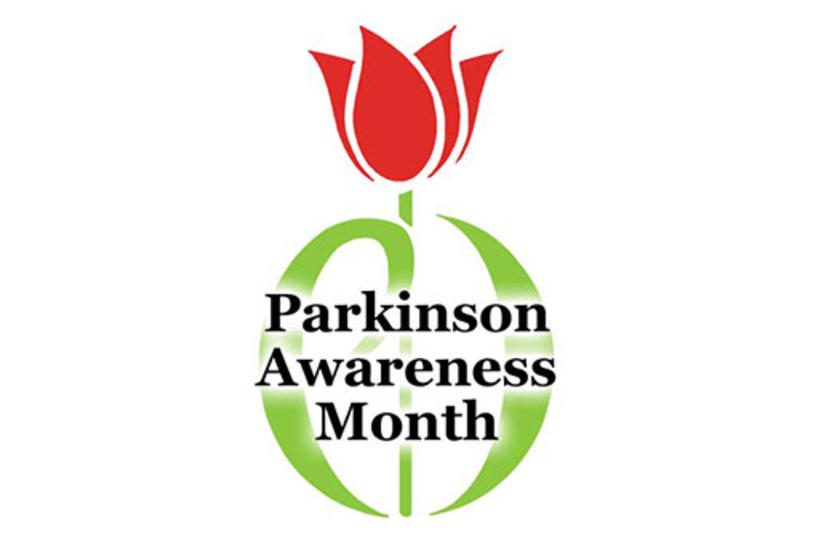Fitness
PD Awareness Month
April is Parkinson’s disease Awareness month, I realize this is late in April but I feel this disease is deserving of attention. I am human and I have a hard time empathizing and understanding conditions and issues when they do not directly involve/relate to me. I never did understand or know how to console someone who lost a very close loved one until I lost my father! Now I can totally be in that person’s shoes and have a deep, meaningful therapeutic discussion with that individual. Thinking of others on this April awareness of Parkinson’s Disease I wonder the following:
- What is Parkinson’s Disease: PD is a chronic neurological condition that causes a gradual loss of the nerve cells in the brain that produce the neurotransmitter dopamine. Dopamine carries signals to the part of the brain that controls movement and coordination. A decrease in dopamine levels lead to the main motor symptoms of Parkinson’s disease.
- Who is susceptible and how does one get it: As people age it is normal to have cells in the brain, where dopamine is made, die off. People with PD experience this at a faster rate. When 50 to 60% of the cells are gone, you begin to see the symptoms of Parkinsons. Quick Tip: Copyright © 2020 The Johns Hopkins University, The Johns Hopkins Hospital, and Johns Hopkins Health System. All rights reserved.
There are no biomarkers or objective screening tests that indicate one has Parkinson’s. That said, medical experts have shown that a constellation of factors are linked to it.
Parkinson’s causes are likely a blend of genetics and environmental or other unknown factors. “About 10 to 20 percent of Parkinson’s disease cases are linked to a genetic cause,” says Ted Dawson, M.D., Ph.D., director of the Institute for Cell Engineering at Johns Hopkins. The types are either autosomal dominant (in which you get one copy of a mutated gene from one parent) or autosomal recessive (in which you get a copy of a mutated gene from each of your parents).
But that leaves the majority of Parkinson’s cases as idiopathic, which means unknown. “We think it’s probably a combination of environmental exposure — to toxins or pesticides — and your genetic makeup,” says Dawson. Age, is the biggest known factor. The average known onset age is 60. Gender, Men are more susceptible to PD than women. Genetics, Studies have shown in the last 10 – 15 years that genetics play a role in PD. Individuals with a parent or sibling who is affected have approximately two times the chance of developing Parkinson’s. Environmental causes, Medical experts believe that environmental causes may help trigger Parkinson’s disease. Exposure to farming chemicals, like pesticides and herbicides; Vietnam-era exposure to Agent Orange; and working with heavy metals, detergents and solvents have all been implicated and studied for a clearer link. That said, it’s unlikely that most people who develop Parkinson’s disease do so because of exposure to environmental hazards.
- How does one go about getting diagnosed and what does treatment consist of: According to the Parkinson’s Foundation various symptoms and diagnostic tests are used in combination to diagnose PD. It is important to remember that two of the four main symptoms must be present over a period of time for a neurologist to consider a PD diagnosis:
- Shaking or tremor
- Slowness of movement, called bradykinesia
- Stiffness or rigidity of the arms, legs or trunk
- Trouble with balance and possible falls, also called postural instability
Treatment involves medication and surgical therapy, according to the Parkinson’s Foundation. There are different medications for different symptoms. There are also lifestyle therapy treatments, exercise, more rest, and a possible diet change.
Here on the Central Coast I came across a website that looked dedicated and knowledgeable in PD Therapy. PD is the second leading neurological disease in America with Alzheimers coming in first. It is estimated that there are 1million known cases in America today.
Thanks For Reading
Heidi Parker


